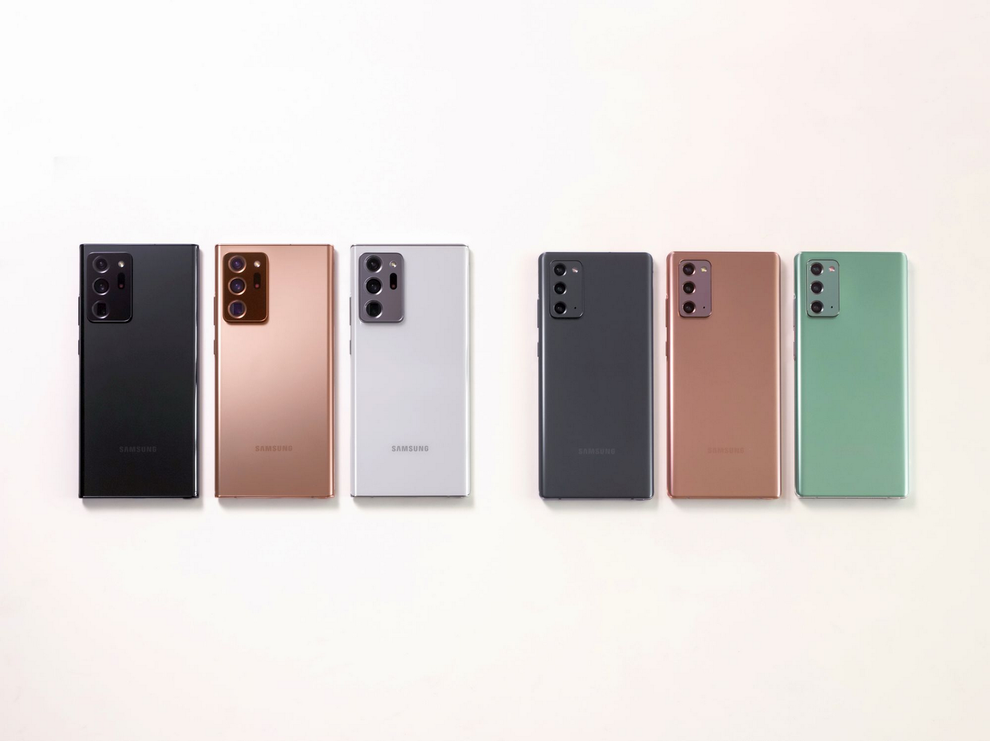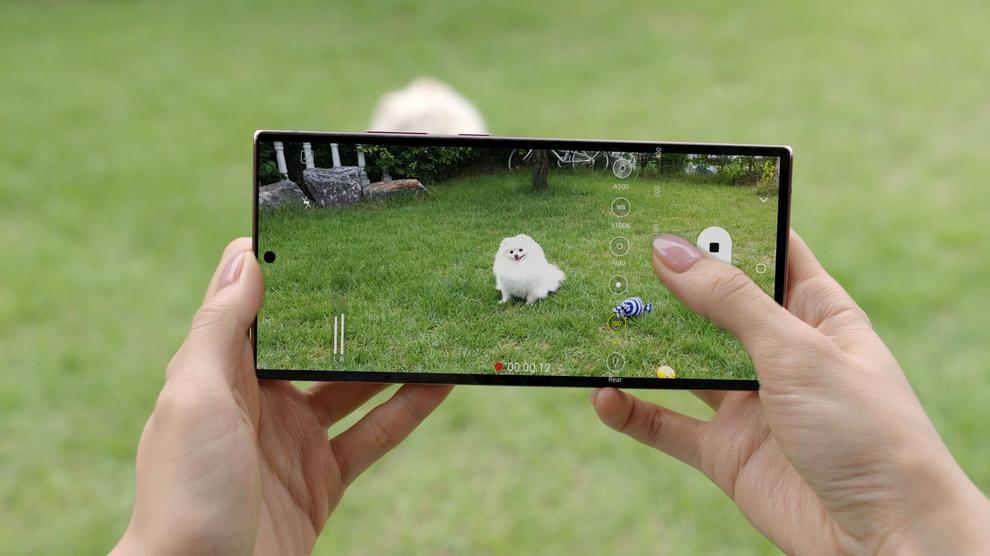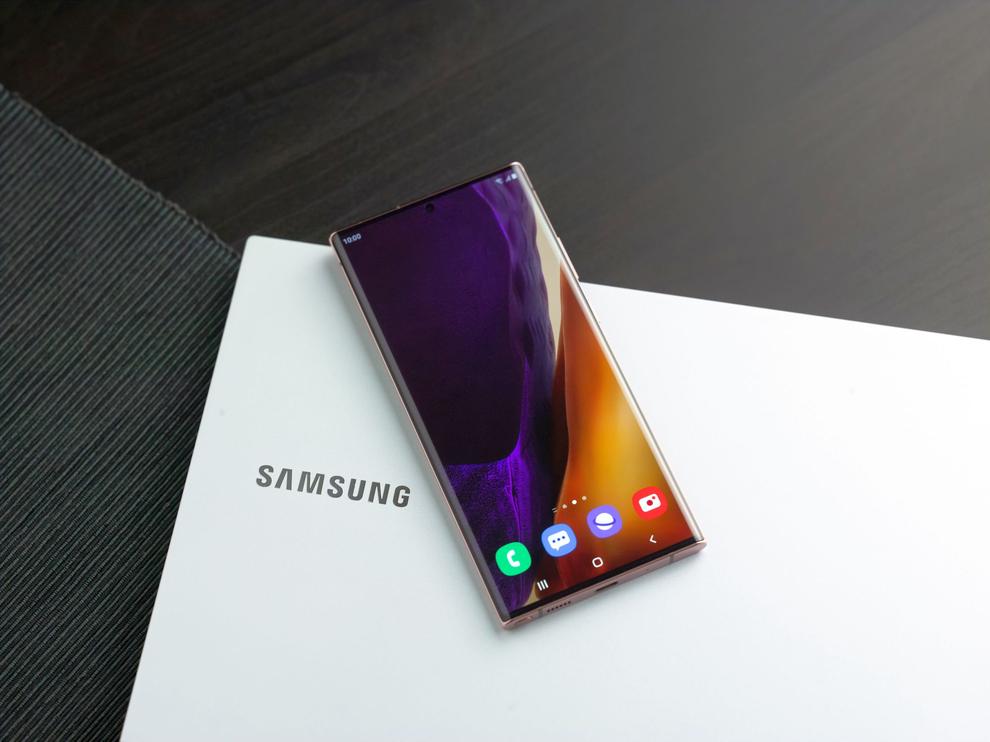Samsung Galaxy Note 10+ vs Galaxy Note 20 Ultra: Just how good is Samsung's best?
- 06 August, 2020 00:00

It’s that time of year again, Samsung’s most prestigious phablet is getting its annual makeover.
Picking up where the Galaxy Note 10 and Galaxy Note 10+ left off, the new Galaxy Note 20 and Note 20 Ultra inherent and improved on the new camera tech introduced by Samsung’s S20 Series and show off a stylish new look. But is it really going to be worth the upgrade for those who bought last year’s device?
Let’s crunch the numbers.
Processor
In Australia, both the Samsung Galaxy Note 20 and Galaxy Note 20 Ultra run on Samsung’s Exynos 990 chipset. As per usual, we’re getting Samsung’s own components here instead of the Snapdragon chipset you’ll find in the version of the device available in overseas markets.
For comparison, last year’s Galaxy Note 10 and Note 10+ rely on Samsung’s Exynos 9825. Since this is an older processor, it’s probably safe to assume that the Note 20 and Note 20 Ultra have the edge here.
Storage & RAM
While the basic 4G-enabled Galaxy Note 20 Ultra comes with the same 8GB of RAM and 256GB of storage and falls short of the 12GB you’ll find in the Galaxy Note 10, opting for the pricier 5G version of the Note 20 Ultra nabs you 12GB of memory and puts it more-or-less on par with the Galaxy Note 10+.
There’s also a pricier variant of the Galaxy Note 20 Ultra which includes both 5G connectivity, 12GB of RAM and a whopping 512GB of storage.
Design & Display
Design-wise, the Galaxy Note 20 Ultra looks a little more colorful but more or less conventional. Samsung seems to have moved away from the oily and translucent color palette introduced in 2019 and towards more traditional Bronze, Black and White options. The back of the device also boasts an S20-style camera bump.
 Credit: Samsung
Credit: Samsung As opposed to the Galaxy Note 20, the Galaxy Note 20 Ultra has a curved 6.9-inch Dynamic AMOLED QHD display clocked at 120Hz. Although there isn’t a huge difference in resolution, that higher refresh rate also puts it ahead of last year’s Note 10+.
Battery
Last year’s Galaxy Note 10+ had a 4300mAh battery. For comparison, this year’s Galaxy Note 20 Ultra has a slightly larger 4500mAh battery. Size isn’t everything but, at a glance, that increase suggests that the Note 20 Ultra will probably offer better battery life. Both devices support 25W fast-charging via USB Type-C.
Features
When it comes to flagship features, the Galaxy Note 20 Ultra and Galaxy Note 10+ have more in common than not. Both feature IP68 water resistance, in-display fingerprint sensor, Qi wireless charging, an S-Pen stylus, 25W fast-charging via USB Type-C.
Another small but important difference here is that the new Galaxy Note 20 Ultra features a slightly upgraded S-Pen with lower latency.
Camera
This looks to be the area where the biggest differences between the Galaxy Note 10+ and the Galaxy Note 20 Ultra lie. The back of the Galaxy Note 10+ played host to a total of four lenses: a 12-megapixel main lens, a 12-megapixel telephoto lens, a 16-megapixel ultra wide lens and a Time-of-Flight sensor.
 Credit: Samsung
Credit: Samsung Building on that, the Galaxy Note 20 Ultra features a 108-megapixel main lens, a 12-megapixel telephoto lens and 12-megapixel ultra wide lens. The Note 20 Ultra also touts a new Laser Autofocus system that Samsung are clearly positioning as the answer to the technical problems that initially plagued the camera of the Galaxy S20 Ultra.
Like the regular Note 20, the Galaxy Note 20 Ultra offers significantly greater zoom than its predecessor. In line with the Galaxy S20 Ultra, Samsung claims the Note 20 Ultra can deliver up to 50x ‘Space’ digital zoom.
The Final Word
At this stage, and to be clear we haven’t had any hands-on time with a review unit of the device as of yet, it’s genuinely difficult to imagine recommending the Galaxy Note 20 Ultra to those who bought in on last year’s Galaxy Note 10+ unless you care intensely and specifically about the camera side of the equation.
The screen is better, the battery is bigger and the design looks more colorful but, at first blush, it doesn’t seem like a radical departure or revision of what you’ll probably be able to get out of last year’s Note 10+.
 Credit: Samsung
Credit: Samsung 




